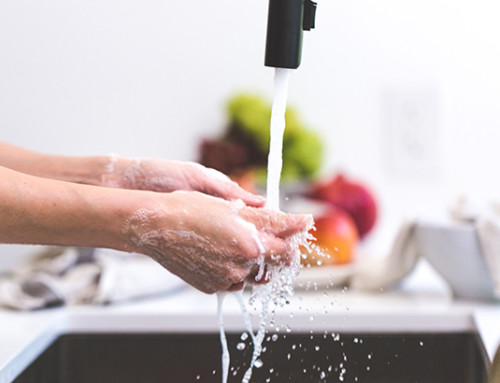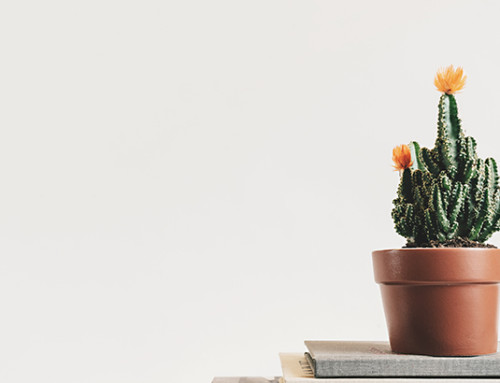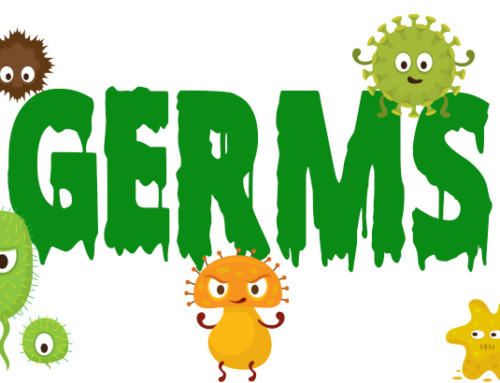Natural preservatives, natural ingredients, natural this, natural that. The movement towards natural products is in full swing, and many people have been jumping on the DIY band wagon to save some money. Natural products can be expensive, so consumers are learning how to make their own using common household ingredients.
Vinegar is often used as a cleaner because it contains sulfites which helps slow the growth of bacteria. Lemon juice is very acidic, which again hinders the growth of bacteria and is often used as a cleaner. Sodium, such as salt, is also often used as a preservative.
But how well do some of these natural products really work at killing germs? Let’s perform an investigation using household items, vinegar and salt, to see if using they can really prevent bacteria from growing.
Before we begin, we recommend you do some research to answer the following questions:
- What are preservatives?
- Why are preservatives added to foods?
- What is bacteria?
- How does bacteria grow?
Record your answers in your laboratory notebook.
Materials

- Masking Tape
- Pen
- 3 Clear plastic cups or glasses
- 3 Chicken bouillon cubes
- 3 Spoons
- 3 Cups hot tap water
- 1 Tablespoon vinegar
- 1 Tablespoon salt
- Measuring spoons
- Measuring cups
- 3 TSA/RB Dipslides
Procedure
- Using the masking tape, label one cup “Salt”, label a second cup “Vinegar”, and label the third “Water”.
- Add one bouillon cube to each glass.
- Pour one cup of hot tap water in each glass. Designate one spoon to each glass, and stir each until the bouillon cube is completely dissolved.
- Add one tablespoon of salt to the glass labeled “Salt”. Salt will act as the preservative in this glass.
- Add one tablespoon of vinegar to the glass labeled “Vinegar”. Vinegar will act as the preservative in this glass.
- The glass of water and chicken bouillon cube is your control glass without any preservatives.
- Record the appearance of each liquid in your laboratory notebook. In addition, make a hypothesis of what you think will happen. Do you think the salt or vinegar will act as a natural preservative? Do you think one will work better than the other? What do you think will happen to the glass that has no preservative in it?
- Place all three glasses in a warm location that receives sunlight, such as in a windowsill.
- Wait 3 days, then record the appearance of each liquid.
- Next, use one TSA/RB dipslide per glass. Dip the paddle into the glass, fully submerging each side of the paddle for 15-30 seconds. If you cannot fully submerge the paddle, try carefully pouring some of the liquid into the paddle’s tube, up to the fill line. Then, place the paddle back in the tube and swirl for 15-30 seconds. Pour out the water, and replace the paddle in the vial.
- Label each paddle appropriately (Salt, Vinegar, Water), and place a piece of tape of the top, securing the paddle in the vial. Place them in a warm location, out of direct sunlight, such as on top of the refrigerator. Let them incubate for 5 days.
- Record your predictions in your laboratory notebook. What paddle will have the most growth? What types of organisms do you expect to find? Do you think any of the paddles will be contaminant-free?
- After 5 days, observe the paddles through the tube. Do not open the tube or remove the paddle from the vial. Were the results as you expected? Did either preservative work, and if so, did one work better than the other? What type of growth did you find?
- To dispose of the paddles, an adult can remove the paddle from the vial and place them both in bleach water for 30 minutes, then discard.
Going Further
If you want to take this experiment a step further, try other household ingredients that are commonly used as preservatives, such as lemon juice, oil, sugar, cloves, oregano, sage, thyme, cinnamon, rosemary extract, citric acid, or vitamin E.







Leave A Comment